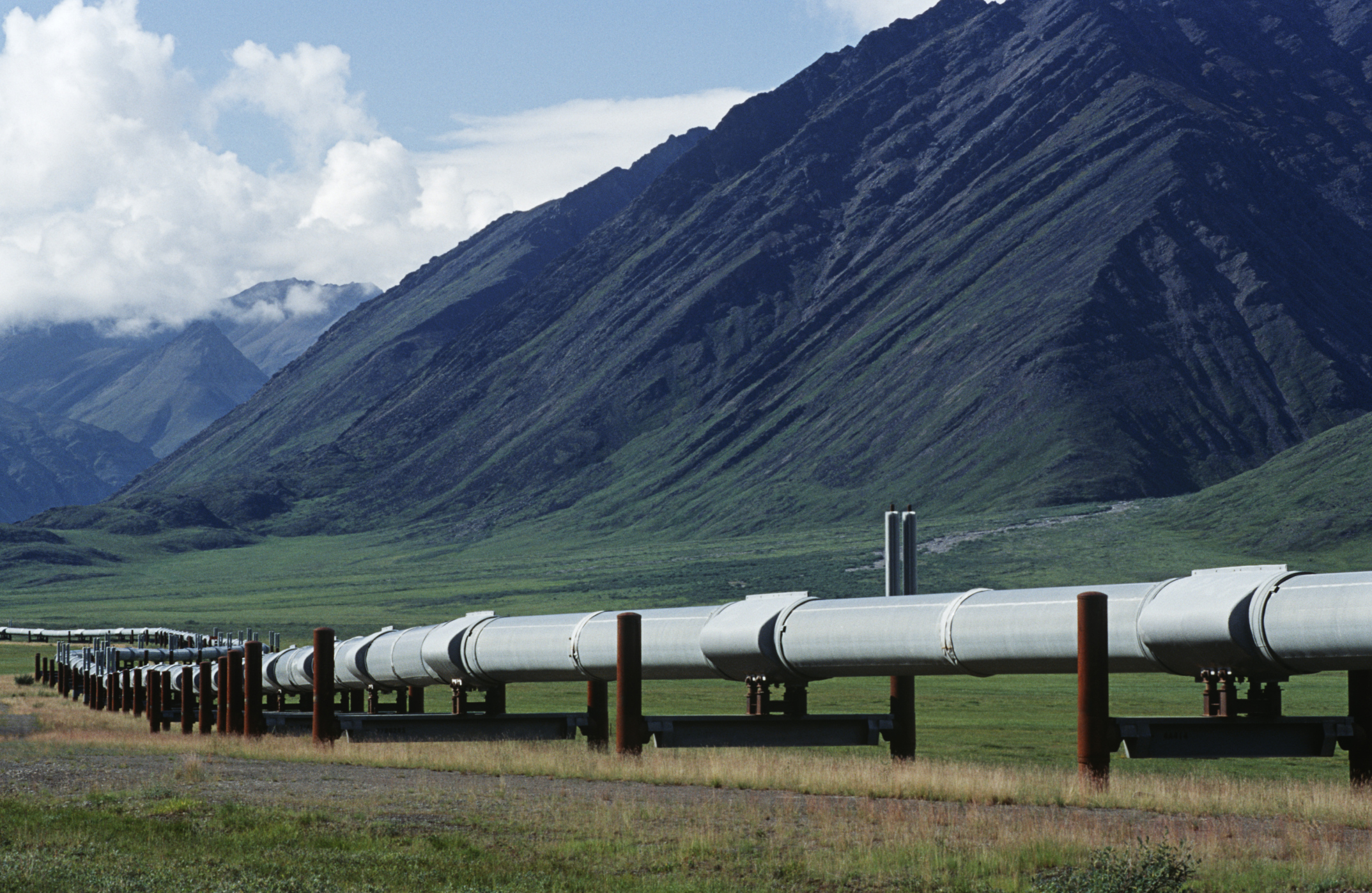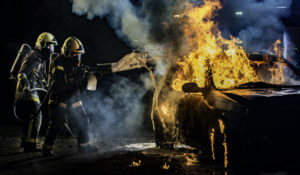
Rule would impose reporting and inspection requirements in light of 2010 pipeline spill and legislation.
After 843,000 gallons of tar sands oil from a pipeline spilled into the Talmadge Creek and Kalamazoo River during a 2010 flood, local residents in Marshall, Michigan felt the effects for years. Nearly a month passed before air quality in the region reached safe levels. Two years passed before waterways in the area reopened to boaters and fishers. Local businesses continue to struggle to stay afloat.
Now, five years after the spill, the federal pipeline safety regulator has proposed a new rule to increase the safety of almost 200,000 miles of pipelines across the nation, particularly in areas where there is a high risk of extreme weather conditions.
Although the Pipeline and Hazardous Materials Safety Administration (PHMSA) has updated various pipeline safety rules in recent years, this latest proposed rule responds to recent legislation calling on the regulator to adopt dozens more rules by the end of 2015. The latest proposed rule also takes into account the release of the National Transportation Safety Board’s final report on the Kalamazoo spill, which criticized PHMSA for failing to provide sufficient regulatory guidance or oversight over pipeline operators’ integrity management programs and emergency procedures.
For some members of Congress, PHMSA’s proposed rule is long overdue. They argue that if Congress’s 2011 legislative mandates had been incorporated into agency rules already, the July 2015 oil spill off the coast of Santa Barbara could have been prevented. According to Representative Fred Upton (R-MI), who chairs the House Energy and Commerce Committee, these mandates “would have made a difference in the recent oil spill in Santa Barbara, had they been implemented by PHMSA in a timely manner.”
In response to the Subcommittee on Energy and Power’s concerns about delays in July, PHMSA Executive Director Stacy Cummings said, “it is very important to us that when we do issue a rule, we get it right.”
PHMSA’s proposed rule would require that pipeline operators inspect their pipelines within seventy-two hours of an extreme weather event. The agency claims that these inspection requirements would be both manageable for operators and still sufficiently address the damage that weather conditions such as flooding or hurricanes cause to offshore and inshore pipelines. PHMSA is interested in comments addressing whether its proposed timeline is reasonable as well as on how operators currently inspect and repair pipelines after extreme weather events.
The proposed rule would also mandate over the next twenty years the installation of inline inspection devices in all pipelines currently under the PHMSA’s integrity management program, which specifies additional requirements for assessing and repairing pipelines in high consequence areas. PHMSA estimates that this upgrade would cost pipeline operators over $22 million collectively, but would save anywhere from $3 million to $17 million annually in reduced fatalities, injuries, and property damage. The agency expects the proposed rule would also prevent unquantifiable harm to the environment and public confidence in pipeline safety.
According to House Representative Jeff Denham (R-CA), Chair of the Subcommittee on Railroads, Pipelines and Hazardous Materials, the Pipeline Safety Act included forty-two congressional mandates calling for “a risk-based, data-driven approach to pipeline safety that focuses private investment in pipeline safety on those areas of higher risk.”
With this data-driven focus in mind, the proposed rule would extend reporting requirements to all hazardous liquid gravity pipelines, or pipelines that use gravity to push liquid, and rural gathering pipelines, or lines that transport oil or gas from the production site to a collection center. These requirements would include pipelines currently unregulated under federal law.
Although previously, gathering pipelines were seen as not presenting a significant risk, PHSMA notes that the National Transportation Safety Board has raised concerns about gathering pipelines in the Gulf of Mexico in light of the 2010 Deepwater Horizon oil spill. Since very little data exist on these pipelines generally, the proposed rule would require operators to submit yearly safety and incident reports.
Although PHMSA already requires pipelines in high consequence areas to undergo regular integrity assessments, the proposed rule would require periodic assessment of pipelines outside of these areas as well. This would provide the agency with information about the overall condition of pipelines in the country.
In addition, because these mandated assessments would be less frequent than those in high consequence areas, PHMSA would require all new pipelines to have leak detection systems in the hope that this would reduce pipeline failures in areas PHMSA does not regulate as closely.
Owners and operators of pipelines contest the need to monitor pipelines in low consequence areas, however. John Stoody, vice president of the Association of Oil Pipe Lines, an organization of owners and operators of pipelines, reportedly argued that imposing requirements in rural and low consequence areas only diverts attention from truly high-risk pipelines.
Although PHMSA seeks comment on potential alternatives to regulating rural pipelines, the agency argues that a focus outside of populated areas is necessary because even spills in remote areas can cause severe ecological harm.
For those who want to provide input on the proposed rule, the deadline to comment is January 8, 2016.



